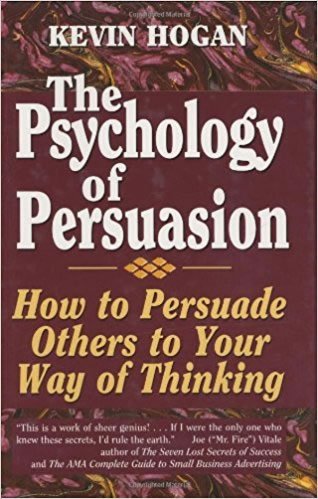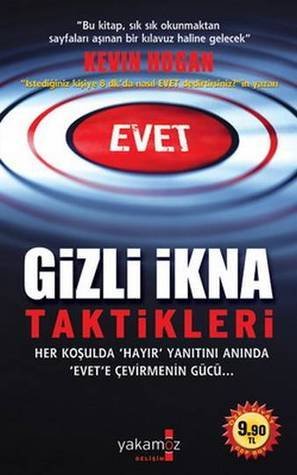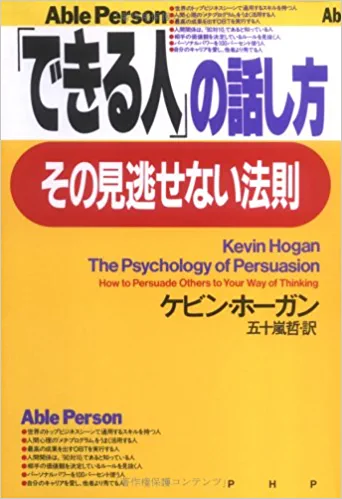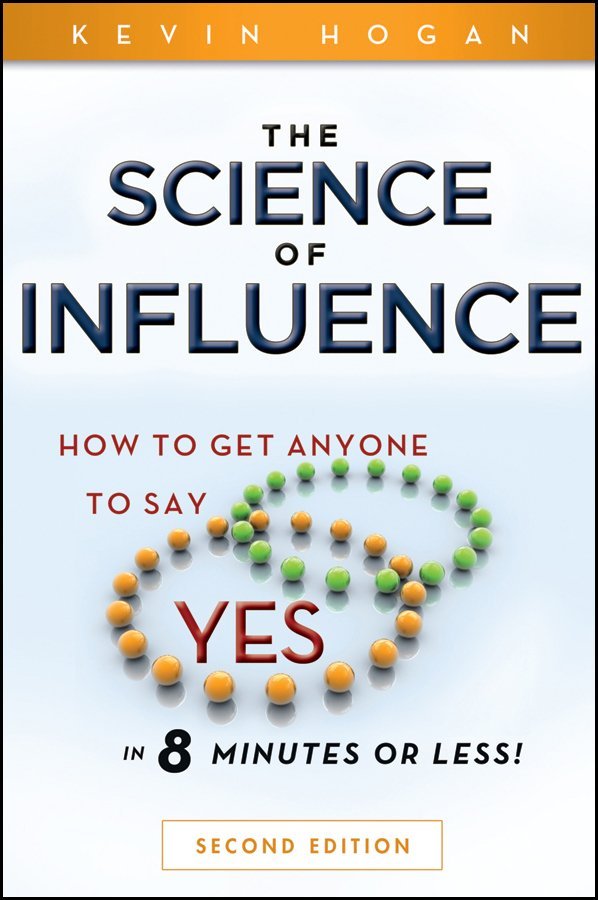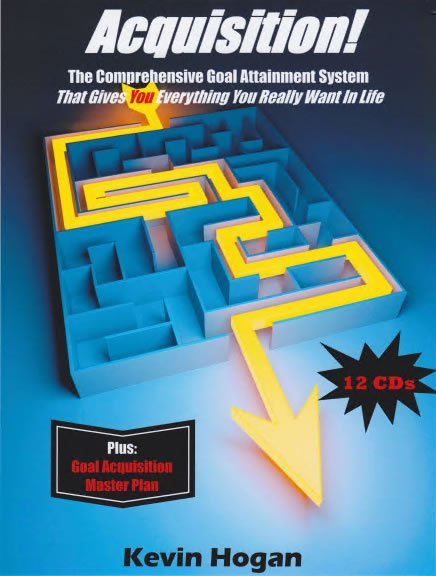NLP Eye Accessing Cues: Uncovering the Myth
For years I was completely certain that if people looked up and to the left they were remembering a visual image. If they were looking up and to their right they were constructing a future memory.
It’s what I was taught and it’s what I believed to be true. The more carefully I watched people in various settings, the more I began to realize that it just didn’t seem right! But, so what? Who would care and why would it matter? I thought about it for a long time….Then it dawned on me:It was important to find out what was really happening with eye accessing cues in the brain because all across the country law enforcement officers, border patrol and even military personnel are being taught information that was never researched or tested. …and it turns out that we had eye accessing cues completely wrong.
Six months ago, at a hypnotherapy certification training here in Minnesota we started researching eye accessing cues. After my initial research, I became frustrated because what I had written in The Psychology of Persuasion, about eye accessing cues was completely wrong. It was the only section in the book I personally didn’t research.
My initial research this year showed the NLP eye accessing explanation to be completely inaccurate.
I handed the project over to Monica Piechowski, CH. Monica is a Psychology student at the University of Wisconsin. She proceeded to improve on my research design in many ways and ran several additional research projects to learn about eye accessing cues, at our NLP and hypnosis trainings here, and at the University of Wisconsin. She began to accumulate data corroborating my findings.
She too was frustrated because everything she was learning was contrary to what she had been taught. She asked Ron Stubbs, an instructor of hypnotherapy to do research independent from our work. His results also corroborated our work.
What did we find out? There certainly are patterns in eye movement, but they aren’t anything like what we were all taught over the last 30 years. The specific project (one of the four) you are about to read about was completely sponsored by the University of Wisconsin and therefore we would like to present to you this report in almost-APA style for your edification.
Be forewarned: APA style is not breezy to read but this is almost exactly how our research will appear in scientific journals later in the year. We wanted you to be the first to see it! (We deleted appendixes A and B to spare you all the questions we asked subjects but you can go to www.kevinhogan.com for the entire lists of questions used in this research.)
Contributors:
Monica M. Piechowski,, Ron Stubbs, and Kevin Hogan, UW-River Falls Faculty Sponsor, Dr. Brad Caskey.
Introduction
In the late 1970’s Richard Bandler and John Grinder introduced an area titled Neuro-Linguistic Programming (NLP). Though the term Neuro-Linguistics was originally coined by Alfred Korzybski in his book Science and Sanity, the study of its utilization (NLP) was not made popular until much later.
Neuro-Linguistic Programming would come to be defined as an attitude of curiosity and desire to learn involving a modeling methodology that presupposes that behavior has a structure and that modeling allows us to effectively manage states of mind. This technology helps individuals to achieve results that they probably would not have achieved before.
Though many of the methods of NLP have been developed from several areas of psychology, most have been streamlined into a workable and translatable format usable by businesses, corporations, politicians, and therapists. The methods employed in NLP have come under the scrutiny of the psychological community because of the quick nature of its utilization and whether or not NLP has a significant long term success rate.
In this research we will be studying one area of NLP known as primary eye accessing systems which are discussed at length in the book Frogs Into Princes (1978). Over forty-four studies have been done on eye accessing cues, however, few have been done by individuals with an adequate background in NLP which significantly may have impacted the results (Sharpley, 1987) because of training level in the methodology employed.
Though open for speculation as to why few of the studies done have not utilized NLP practitioners, the most likely reason is that of the availability of trained individuals in the general population. In a rebuttle of results by Beck and Beck (1984) which referenced a study done by Thomason, Arbuckle, and Cady (1980), stated that there was a significant discrepancy between the criterion and subjects observed eye movements.
This stated that further research was necessary on testing the model to determine the nature of the internal activity during the thought process. Though internal processes are subjective in measure, one can theorize that when an individual is asked questions relating to one sense, they will access thoughts relating to that sense (ie. Think of a picture of the Mona Lisa).
Research by Buckner, Meara, Reese, and Reese (1987) provided the primary design for this study with individuals conducting the interview to involve individuals trained by the Hypnosis Research and Training Center in the methodology to be employed. In order to avoid spatial discrepancies, researchers will switch location from left, center, and right of the interviewees at instructed points during the interview.
This movement is to avoid any locking in of movement to one specific direction of eye contact by the interviewee or other possible emotional memory interference.
This research aims to study what, if any, correlation there is in eye accessing cues to construct and remembered events and primary representational systems (visual, auditory, kinesthetic). Though thought patterns are not intended to be consistent over time because of the very nature of behavior, the correlation between the eye movements and primary representational systems when asked questions of sensory nature should be consistent.
This linking of directional shift in eye movement could provide information necessary to develop future theories and modeling methodologies for use in coaching, police work, and therapeutic arenas.
The result of this study is hoped will either disprove current theories of eye accessing cues, uphold those theories, or re-write the theories with a more accurate model. We hypothesize that memories and/or constructs of future event “memories” will be more readily accessed by the individual looking in a specific direction that is predictable in general human behavior.
Method
This study was composed of adult individuals from varying backgrounds and ages. The reason for this selection is to step away from utilizing college population samples and to provide a broad observational aspect to this theory of eye accessing cues. Participants will be randomly selected from more advanced level psychology courses at the University of Wisconsin-River Falls.
Participants in the Hypnosis Research and Training center trials will be assigned to either interview or researcher position based upon their previous knowledge of NLP and the eye movement hypothesis. This was determined before the research by individual answers when asked about their previous training in Neuro-Linguistic Programming on a course application. Individuals who responded with no prior experience in NLP were selected for the experimental group.
Materials
For each research participant the researcher received a copy of the interview form (See Appendix A) and an informed consent form (See Appendix B) in a standard file folder. Questions on this form included references to each the visual, auditory, and kinesthetic (tactile) sensory questions.
As part of the design we included check boxes corresponding with each direction of movement possible for a higher degree of recording accuracy and to speed up the ability of the interviewers to record movement.
Procedure
Interviews for this experiment utilized three locations. One being the social psychology learning lab at UW-River falls (room 156, Centennial Science Building), and the other two being classrooms utilized by the Hypnosis Research and Training center at their Seattle and Minneapolis training.
Participants were invited individually into the research room and asked to read and sign an informed consent form.
While participants signed this form, the researcher is to note which hand the individual use to write in order to determine possible hemispherical dominance in participants and record this information on the demographics form in Appendix A. Participants were given random number assignments in order to ensure anonymity and accuracy in recording of demographic and interview results.
The researcher then took a seat at the position center to the interviewee and followed instructions as listed in Appendix A for the duration of the interview.
Following each interview participants were thanked for their time and asked not to discuss the nature of the questions with other participants until the study had been completed at the end of finals week in order to ensure no expectation effect by future participants during the study.
Result
The average participant involved in this study was 36.6 years of age and had at least five years of college education. Participants ranged in age from 20 to 74 years. From the 27 participants in this sample, only two were left-handed. In reviewing their results and comparing these to that of the right-handed individuals in the study we found no difference in results.
Though the left-handed population sample was not significant enough to run an analysis of difference test on, we predicted ahead of time that right and left handedness was a possible variable for results, but it showed otherwise in this population.
The results were recorded on Appendix A for each interview in nine movements as detailed in the chart below with the corresponding movements.
| UL | Upper Left |
| LC | Left Center |
| LL | Lower Left |
| C | Center Middle |
| CU | Center Up |
| CL | Center Lower |
| UR | Upper Right |
| RC | Right Center |
| LR | Lower Right |
After interviews were complete, answers from the form in Appendix A were recorded on a form and broken down into the intended question (ie. Visual Created/Remembered, Auditory Created/Remembered, Kinesthetic Created/Remembered) Appendix C charts the count of movements recorded. For each eye movement the total number of responses were recorded. Then the movement for left, right, and center were added for each sensory modality studied followed by the up, center, down for each modality. The results of this can be broken down several ways.
The data for the results of this study indicate no significant movement other than to the center middle for each response. When the results were interpreted with the directional movements, all but the visual and kinesthetic created modalities exhibited a tendency to remain in the center.
For the visual and kinesthetic created, the movement with this interpretation was to the right center. The auditory created was significantly close to the right center movement, however, this scored just below the level needed to get a right center recording.
Discussion
During the design phase of this research, we took the best of the available research projects on this subject and extracted what worked within the study and utilized that within this one. Questions for this study were combined from several sources and created using sensory specific wording to either create or remember an image, sound, or feeling/tactile stimulation.
After reviewing design, the only flaw we could determine was in how results were recorded. With multiple individuals recording data, there should have been mixed results. Instead, we were able to find a consistent result from all trials when that variable was factored. Also, if this research would be conducted again in the future, we would add a variable of video taped recording of the interviews in order to avoid any possible mixed interpretation of eye movements.
If this were to be completed, individuals selected for the research would need to involve individuals who have experience on camera because of anxiety associated with recording equipment. Also, in utilizing the social psychology lab, there were several individuals who were concerned that they were being video taped even though they were not because fixed recording equipment was located within the room.
In the Minneapolis trial, not having individual rooms for the interviews may have provided for some distractions within the experimental room where individuals could possibly have had their concentration on the interviewer disrupted thus changing their eye movement. Again, when this factor was considered, there was no change in recorded results.
In addition to how the interviews were conducted, we also would like to increase the number of interviews and participants. The time required in order to complete each interview and remain consistent with recordings did not allow for this to take place in this study. Even with the number of participants we did have, there should have been a clear pattern in the results established.
We also considered changing the questions. In studying the results from a similar study completed at the Hypnosis Research and Training Center’s NLP practitioner course several months before this study was done, we found the same results with an entirely different yet similar basal construct set of questions.
We also considered for future research on this subject with the researcher in the room with the subject that the center as a default position. If the researcher is in the room and is being asked a question then you focus on their face, search for access then return to their face to give their answer.
This trial variable might be utilized in a future trial of this research for the sake of testing whether the physical contact with the interviewer played a role in our results. The construct difference would be video-recording equipment placed to the center of the volunteer with a monitor located in a room adjacent to the volunteer with a speaker and microphone to record the results of the interview.
With the similarity in results in our study and the overwhelming center results, we decided not to run correlational or other statistical measures simply because the numbers speak for themselves as they currently are. The closeness in recorded data for the Auditory created data suggests that there needs to be additional participants for the study in order to show which movement is more significant for the right or center directional movement.
There is a significant showing that the centered center movement has a relationship with the remembered events while the created events tend to move from the center to the right. With additional future trials of this study, this may prove to be something of value in reference to the theories involved. When comparing this portion of the results to the charts included within the book Frogs Into Princes, this contradicts the charts there which indicate that the created memories are organized on the left side and the remembered events are located on the right side.
Conclusions
This research aimed to determine whether or not there was adequate support for the eye movement hypothesis in NLP. As our results show and other studies relating to this hypothesis have shown, there is not the support available uphold the theory.
We suggest that there might be a connection between remembered versus created movement to one side, however, the study will need to be replicated under several additional conditions to determine whether or not there is support for that idea. In closing, the researchers together would like to state that our results speak for themselves, and show that there is no significant relationship between eye movement and sensory representational thought access.
References
Bandler, R. & Grinder, J. (1979), Frogs Into Princes; Neuro Linguistic Programming, Moab, Utah: Real People Press.
Beck, C.E., & Beck E.A., “Test of the Eye-Movement Hypothesis of Neurolinguistic Programming: A Rebuttal of Conclusions” Perceptual and Motor Skills, 1984, Vol. 58, p 175-176
Buckner, M., Meara, N., Reese, E.J, & Reese M. “Eye Movement as an Indicator of Sensory Components in Thought” Journal of Counseling Psychology, 1987, Volume 34, No. 3, p. 283-287
Dixon P.N, Parr, G.D, Yarbrough D., & Rathael, M., “Neurolinguistic Programming as a Persuasive Communication Technique” The Journal of Social Psychology, 1986, 126(4), 545-550.
Grinder J., & Bandler R.,(1981) Trance-formations; Neuro-Linguistic Programming and the Structure of Hypnosis, Moab, Utah: Real People Press.
Hogan, K., (1996), The Psychology of Persuasion; How to Persuade Others to Your Way of Thinking, Grenta, Louisiana: Pelican Publishing Company, Inc.
Horton, William D. (1998), Primary Objective; Neuro-Linguistic Psychology and Guerrilla Warfare, Chicago, Illinois: Eschaton Productions Inc.
Korzybski, Science and Sanity,
Sharpley C.F. “Research Findings on Neurolinguistic Programming: Nonsupportive Data or an Untestable Theory” Journal of Counseling Psychology, 1987 Vol. 34, No. 1, 103-107
Thomason, T.C., Arbuckle, T., & Cady, D. “Test of the Eye Movement Hypothesis of Neurolinguistic Programming.” Perceptual and Motor Skills, 1980, Vol. 51, p. 230.
Appendix C
| Visual Created | UL | LC | LL | C | CU | CL | UR | RC | LR |
| 42 | 45 | 39 | 141 | 20 | 23 | 61 | 85 | 57 | |
| Visual Created | Left | Center | Right | ||||||
| 126 | 184 | 203 | |||||||
| Visual Created | Up | Center | Lower | ||||||
| 123 | 271 | 119 | |||||||
| Auditory Created | UL | LC | LL | C | CU | CL | UR | RC | LR |
| 56 | 41 | 33 | 145 | 24 | 22 | 60 | 49 | 68 | |
| Auditory Created | Left | Center | Right | ||||||
| 130 | 191 | 177 | |||||||
| Auditory Created | Up | Center | Lower | ||||||
| 140 | 235 | 123 | |||||||
| Kinesthetic Created | UL | LC | LL | C | CU | CL | UR | RC | LR |
| 38 | 48 | 40 | 141 | 25 | 22 | 43 | 82 | 69 | |
| Kinesthetic Created | Left | Center | Right | ||||||
| 126 | 188 | 194 | |||||||
| Kinesthetic Created | Up | Center | Lower | ||||||
| 106 | 271 | 131 | |||||||
| Visual Remembered | UL | LC | LL | C | CU | CL | UR | RC | LR |
| 24 | 30 | 20 | 155 | 16 | 16 | 33 | 49 | 21 | |
| Visual Remembered | Left | Center | Right | ||||||
| 74 | 187 | 103 | |||||||
| Visual Remembered | Up | Center | Lower | ||||||
| 73 | 234 | 57 | |||||||
| Auditory Remembered | UL | LC | LL | C | CU | CL | UR | RC | LR |
| 35 | 48 | 35 | 139 | 22 | 23 | 36 | 83 | 53 | |
| Auditory Remembered | Left | Center | Right | ||||||
| 118 | 184 | 172 | |||||||
| Auditory Remembered | Up | Center | Lower | ||||||
| 93 | 270 | 111 | |||||||
| Kinesthetic Remembered | UL | LC | LL | C | CU | CL | UR | RC | LR |
| 29 | 52 | 49 | 154 | 16 | 22 | 42 | 81 | 50 | |
| Kinesthetic Remembered | Left | Center | Right | ||||||
| 130 | 192 | 173 | |||||||
| Kinesthetic Remembered | Up | Center | Lower | ||||||
| 87 | 287 | 121 |
JOIN OUR MAILING LIST
Join Now! FREE Weekly E-zine: Coffee with Kevin Hogan. Personal growth, persuasion, sales and marketing, mind/body, hypnosis, NLP and relationships. Start your week off right! Don’t miss exclusive offers from our array of products! Sign up below to be included!
| Email address: | ||
| Your name: |


